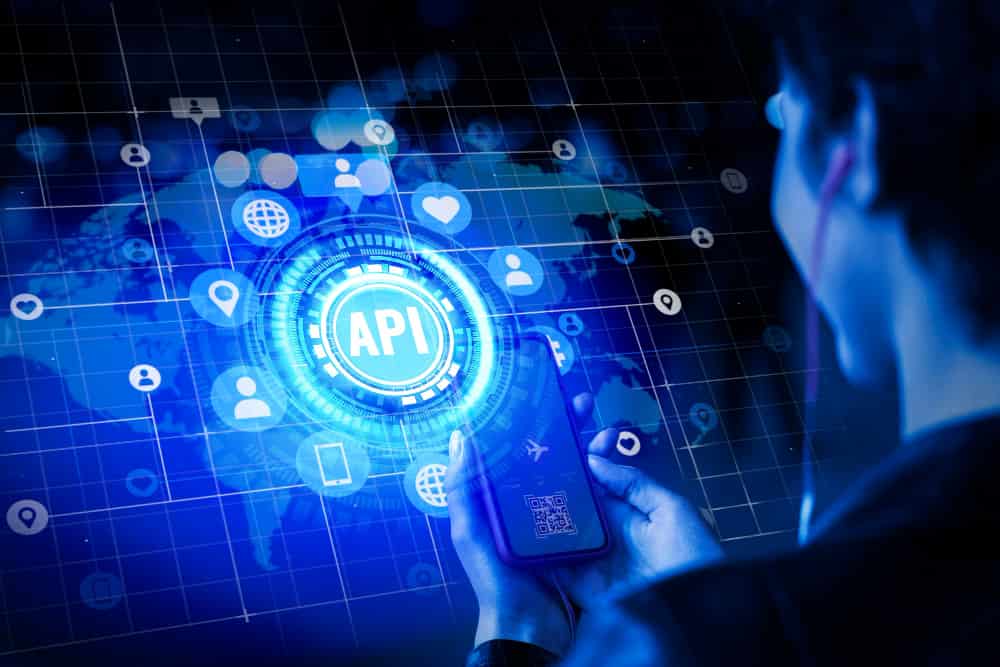Chatbots have become an integral part of modern business operations. Whether it’s customer support, lead generation, or automating routine tasks, chatbots offer efficiency and convenience. But how much does it cost to develop a chatbot in 2024? Let’s explore the various factors that influence chatbot pricing and find out the best approach for your business.
Understanding Chatbot Pricing Models
Before we dive into the numbers, let’s look at different pricing models for chatbots:
Subscription Model:
This is the most common approach. You choose a ready-made chatbot product from a vendor and customize it to your needs.
Prices can range from $0 to $1,000 or more per month, depending on features and complexity.
Free chatbots
Are suitable for self-service and basic customer support.
In-House Development:
If you have the resources, you can build a custom chatbot in-house.
Costs vary significantly but expect around $10,000 per month for development and maintenance.
Outsourced Agency:
Hiring an agency for chatbot development is another option. Prices typically fall between $1,000 and $5,000 per month.
Consumption-Based Fee:
Some chatbot services charge based on usage (text or audio requests). Fees can range from $0.006 to $1 per request.
Breaking Down the Numbers
Let’s explore the pricing in more detail:
Standard Software Pricing:
Subscription plans usually range from $0 to $500 per month. These plans offer basic features and are suitable for small businesses.
Enterprise Software Pricing:
For larger organizations, enterprise plans cost between $600 and $5,000 per month. These plans provide advanced features, scalability, and customization.
In-House Development:
Building a chatbot in-house involves hiring developers and allocating resources. Expect costs of around $10,000 per month for development and ongoing maintenance.
Outsourced Agency:
Hiring an agency for chatbot development offers expertise without the in-house burden. Prices typically fall between $1,000 and $5,000 per month.
Consumption-Based Fee:
If you prefer pay-as-you-go, consumption-based fees apply. Costs range from $0.006 to $1 per text or audio request.
Choosing the Right Approach
Consider your business needs, budget, and desired features:
Subscription Model:
Quick and easy setup. Ideal for small businesses. Customization options available.
In-House Development:
Full control over features. Higher upfront costs. Requires technical expertise.
Outsourced Agency:
Expertise without the overhead. Tailored solutions. Monthly costs within budget.
Customization Complexity
The level of customization significantly impacts costs. Basic chatbots with predefined responses are more affordable, while highly customized ones require additional development time and expertise.
Natural Language Processing (NLP) Integration
NLP allows chatbots to understand and respond to user input more naturally.
Implementing NLP features can increase costs due to licensing fees and development efforts.
Multilingual Support
If your chatbot needs to communicate in multiple languages, translation services, and language-specific training data add to the expenses.
Maintenance and Updates
Regular maintenance ensures your chatbot remains functional and up-to-date.
Budget for ongoing costs related to bug fixes, feature enhancements, and security updates.
Integration with Existing Systems
If your chatbot needs to connect with databases, APIs, or other systems, integration complexity affects costs.
Ensure compatibility with existing infrastructure.
User Experience Design
A well-designed chatbot with intuitive user flows enhances user satisfaction. Consider hiring UX/UI designers to create an engaging interface.
Remember, the cost of chatbot development varies based on your specific requirements. Whether you opt for an off-the-shelf solution or a custom-built chatbot, investing in this technology can streamline operations and improve customer interactions.
Conclusion
Chatbot pricing varies based on your chosen model and requirements. Evaluate your business goals and select the approach that aligns with your budget and growth strategy. Whether you’re a startup or an established enterprise, chatbots can enhance customer interactions and streamline processes. So, let’s chat about your chatbot!






